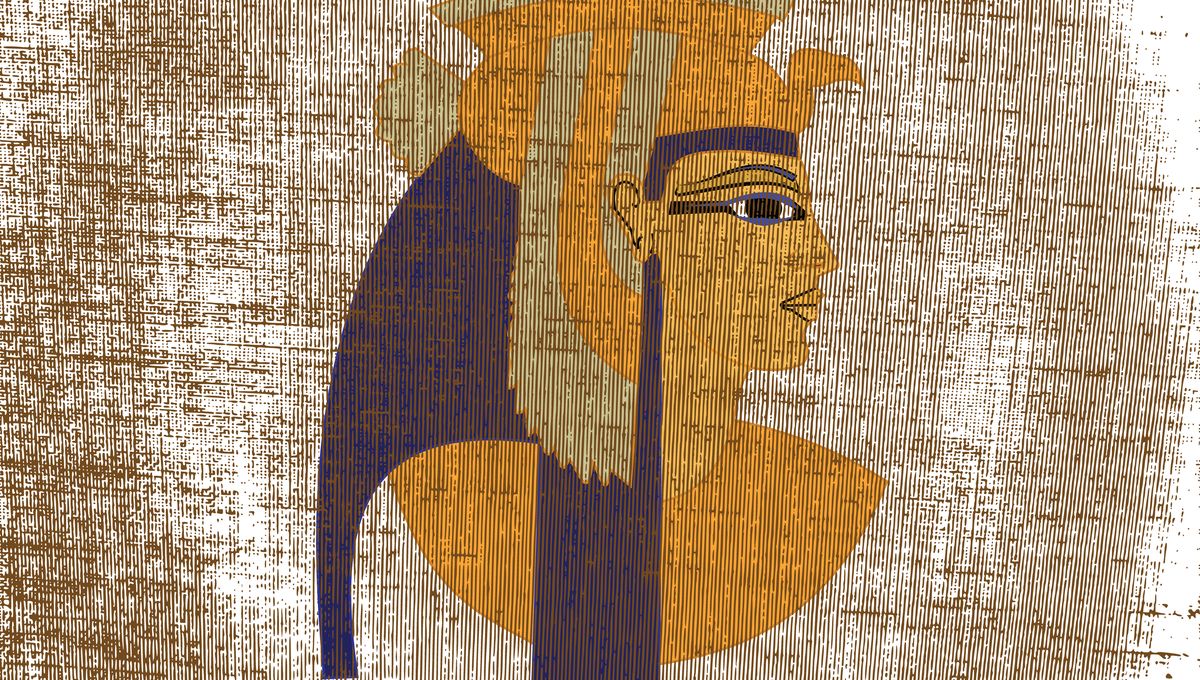
Queen Cleopatra has remained one of the most high-profile figures in history. Often remembered for her cunning and romantic love affairs with both Julius Caesar and Mark Antony, this queen of Egypt was an accomplished ruler in her own right, and one of the few female rulers of her age. It is perhaps fitting then that the only confirmed piece of handwriting we have for this legendary woman should symbolize her power in a single word.
“Ginesthoi” (γίνεσθοι in ancient Greek), meaning “make it happen” or “do as I command”, appears on an ancient royal decree that was created in 33 BCE. The word was allegedly written in Cleopatra’s hand and appears as a postscript to the decree itself.
The decree grants tax exemption to a Roman official thought to be the famous general and consul, Publius Canidius Crassus, who was closely associated with Mark Antony (though there is some disagreement there). Canidius commanded Antony’s land armies against Octavian, the future emperor Augustus, at the Battle of Actium in 31 BC and was later executed in Egypt on Octavian’s orders.
But before this, Canidius was permitted to export 10,000 bags of wheat and import 5,000 amphorae of wine a year, without taxation.
“We have granted to Publius Canidius and his heirs the annual exportation of 10,000 artabas [300 tons] of wheat and the annual importation of 5,000 Coan amphoras [around 34,500 gallons] of wine without anyone exacting anything in taxes from him or any other expense whatsoever.”
He was also awarded tax exemption for all the land he held in Egypt, an exemption that was extended to his tenants too.
According to Professor Peter van Minnen, who has included the document in several published articles since 2000, the document was meant to be an internal note from Cleopatra to “a high-ranking official” that ended up being recycled as papyrus wrappings for a mummy. This was not an unusual practice in Ancient Egypt – unwanted papyrus was regularly reused for mummies and remains a valuable source for documents that would have otherwise been lost to history.
Given the document’s nature, Minnen maintains, the only person who could provide such authority was the queen herself. So while we do not have a name or signature to confirm this, such a presentation could have only come from Cleopatra herself, and her handwriting would have been recognized by her administrators.
It is important to note that this interpretation is not universally supported by historians, as there is no way to confirm that it really did come from Cleopatra, but it remains a strong possibility. If it is her handwriting, the message adds to our understanding that Cleopatra took her responsibilities seriously and did not just reign, but also ruled.
Source Link: How Much Of Cleopatra’s Handwriting Has Survived The Centuries?